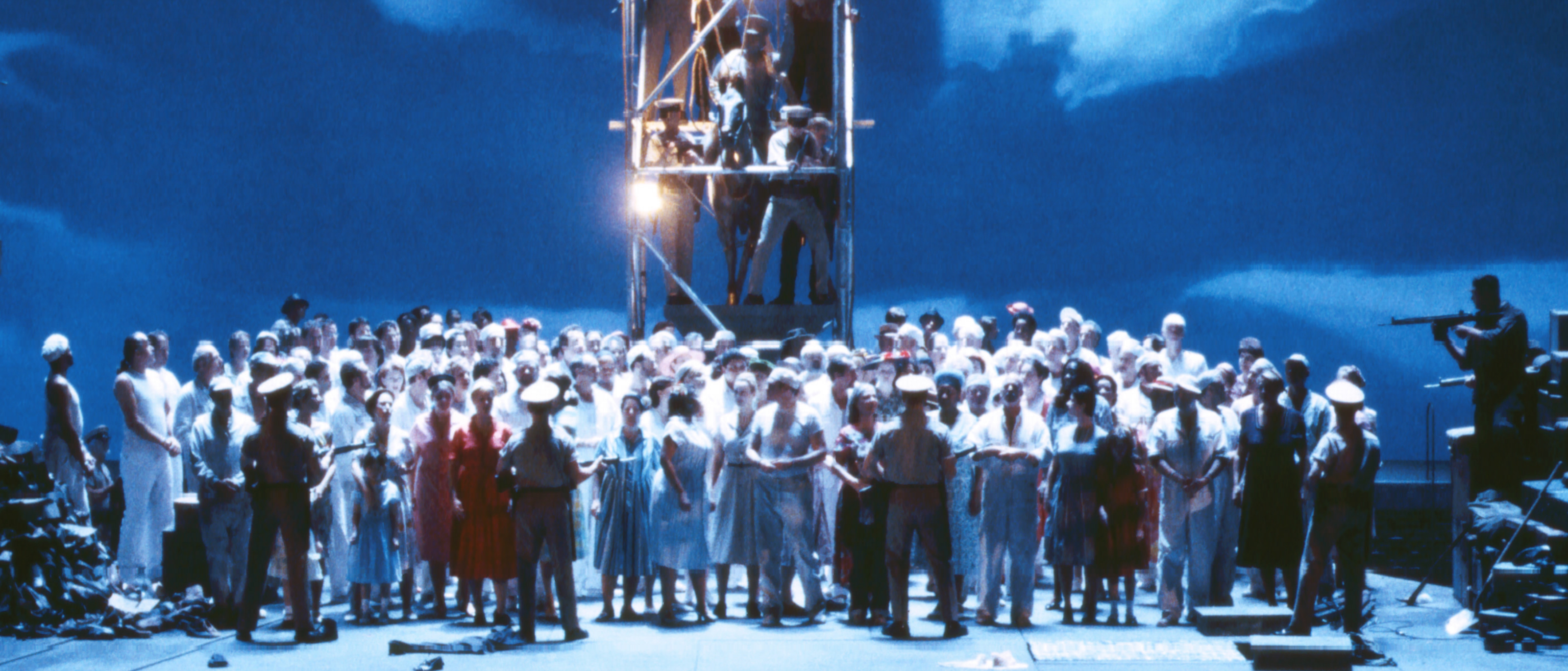
The following activities will help familiarize your students with the plot of La Fille du Régiment, forge connections between a variety of classroom subjects, and encourage creative responses to the opera. They are designed to be accessible to a wide array of ages and experience levels.
Going Around in Circles
Introduce your students to imitative counterpoint and the compositional technique of the “canon” (or “round”). Invite them to sing “Row, Row, Row Your Boat” or “Frère Jacques” with their classmates, friends, or families, and then ask them to listen for and analyze the canon in the overture to Fidelio.
Musical Scavenger Hunt
Ask your students to listen to the overture to Fidelio while following along with a score. As they listen and read, invite them to search for specifical musical elements (chords, dynamics, etc.).
“Painting the Text” with Music
Have students listen to the famed “Prisoners’ Chorus.” Provide a musical score and/or a translation of the text, and ask them to circle any moments that capture their attention. Which words did they circle? Why did these moments stand out in the music? Why might Beethoven have chosen to highlight these moments?
Write a Rescue Opera
Invite students to write their own story for a rescue opera. They might choose to set this opera in the late 18th century or early 19th century (like Fidelio), or they might use it to respond to events (such as a global pandemic) that affect us today.
True Love and Sacrifice
Ask your students to think of stories about love and sacrifice and then compare these stories to Fidelio. Ask your students: Who or what might they be willing to make a sacrifice for?
My Manifesto
Invite students to write a personal manifesto from Leonore/Fidelio’s or Florestan’s perspective. To deepen this study, invite students to learn about some of the ways in which people have sought liberation from oppression. Students can read other manifestos that take a stand against political injustice and tyranny, and perhaps write their own manifesto expressing their personal values and celebrating their commitment to others.
COMMON CORE CONNECTIONS
These activities directly support the following ELA-Literacy Common Core Strands:
CCSS.ELA-Literacy.RL.8.3
Analyze how particular lines of dialogue or incidents in a story or drama propel the action, reveal aspects of a character, or provoke a decision.
CCSS.ELA-Literacy.SL.6–8.1
Engage effectively in a range of collaborative discussions (one-on-one, in groups, and teacher-led) with diverse partners on grade 6–8 topics, texts, and issues, building on others’ ideas and expressing their own clearly.
CCSS.ELA-Literacy.RH. 6–8.6
Identify aspects of a text that reveal an author’s point of view or purpose (e.g., loaded language, inclusion or avoidance of particular facts).